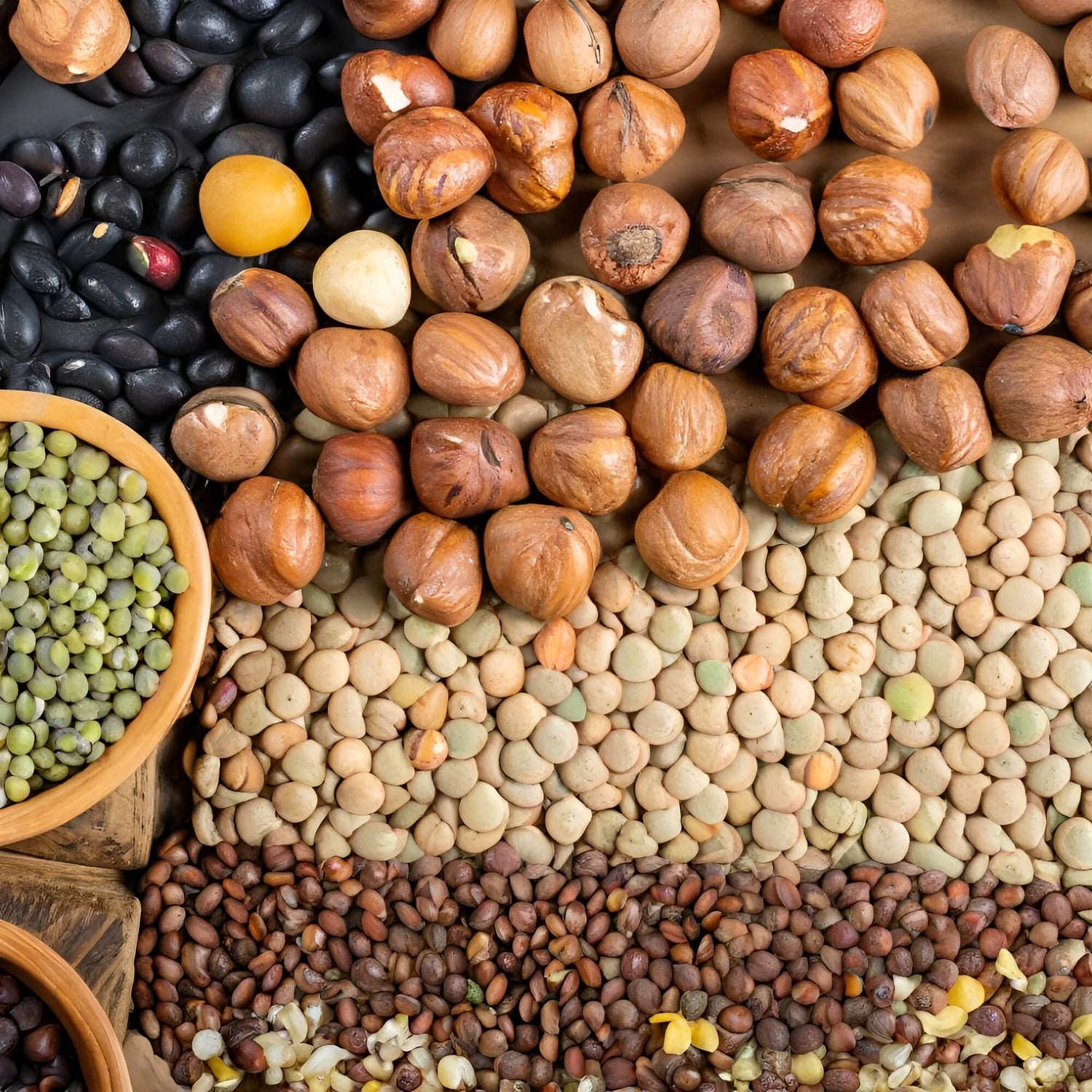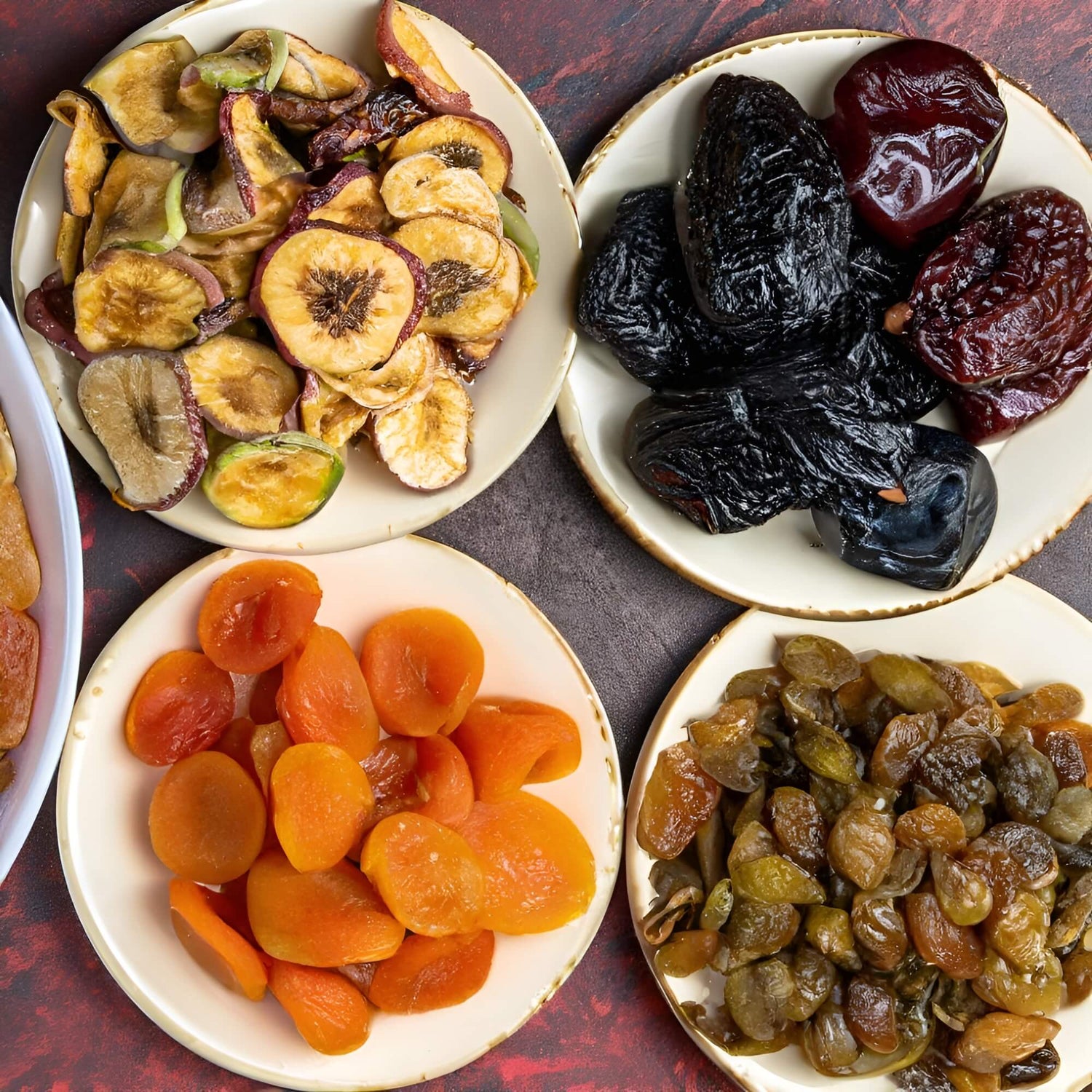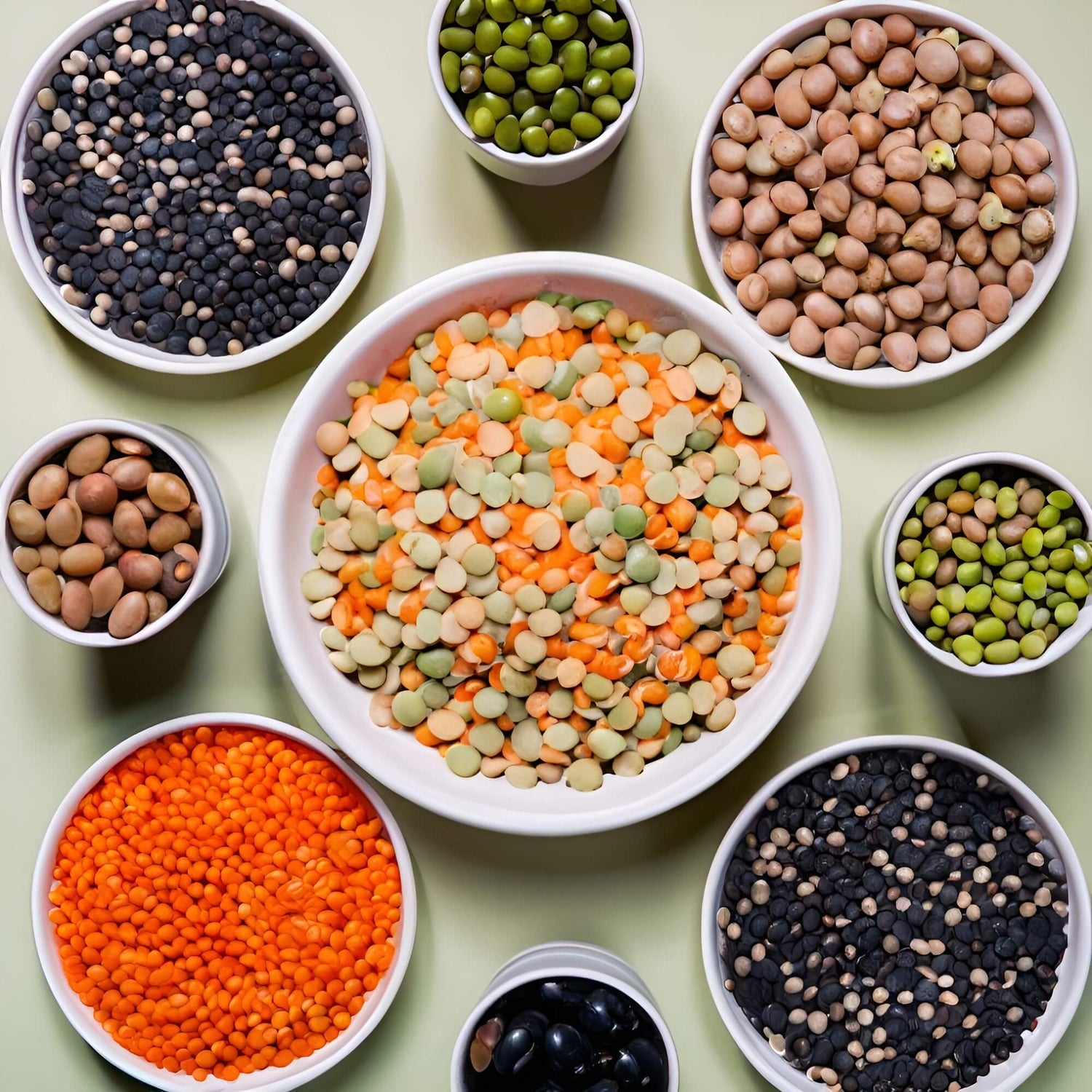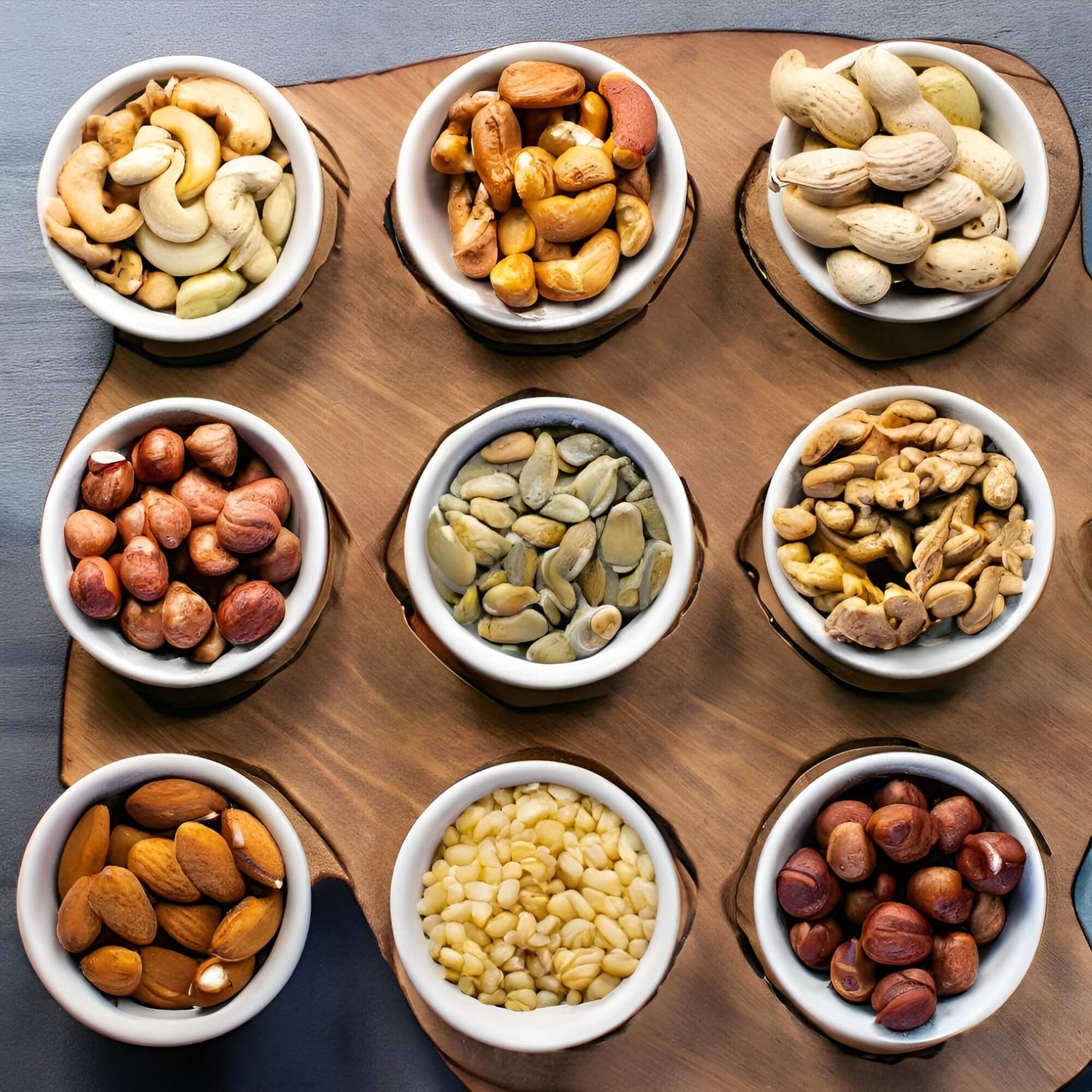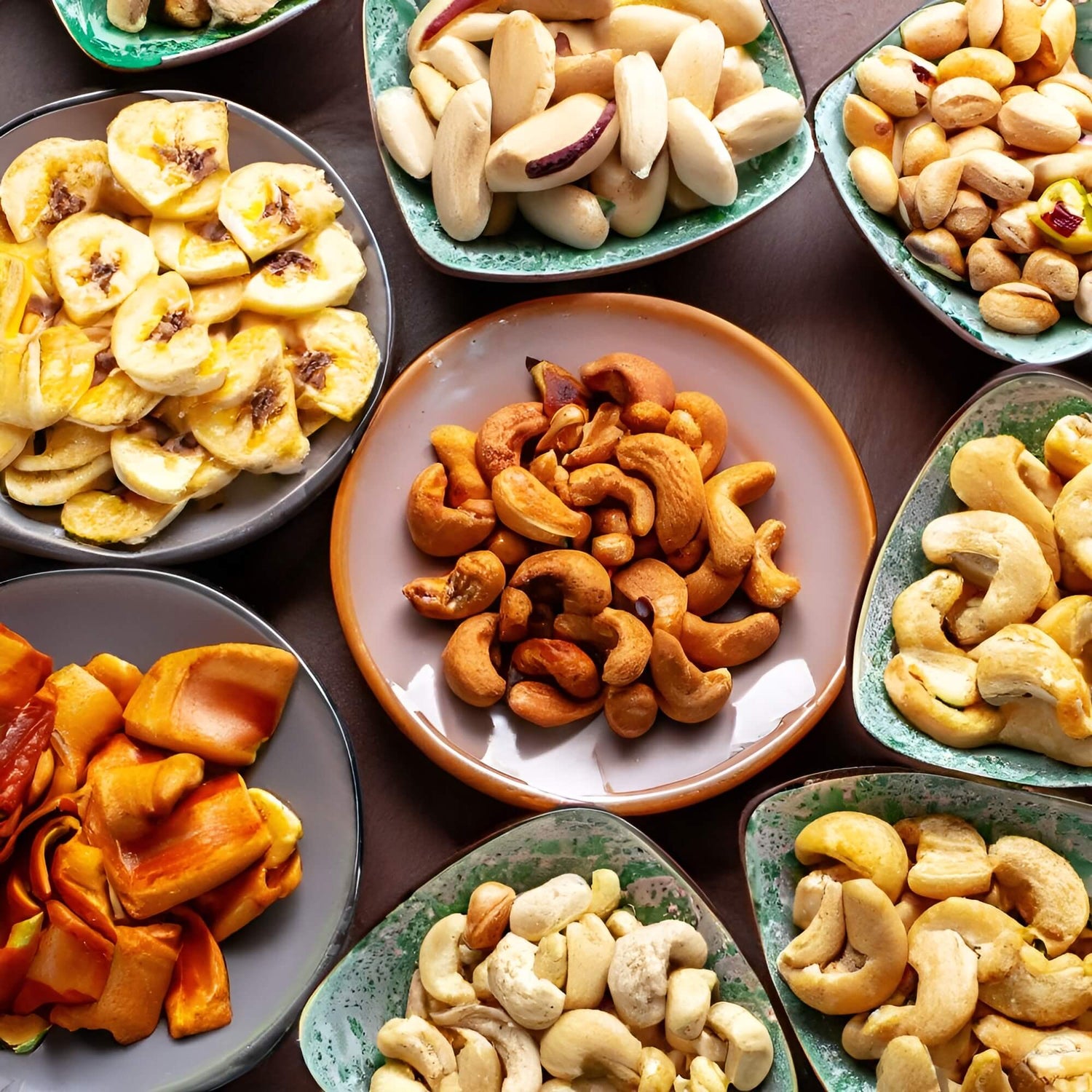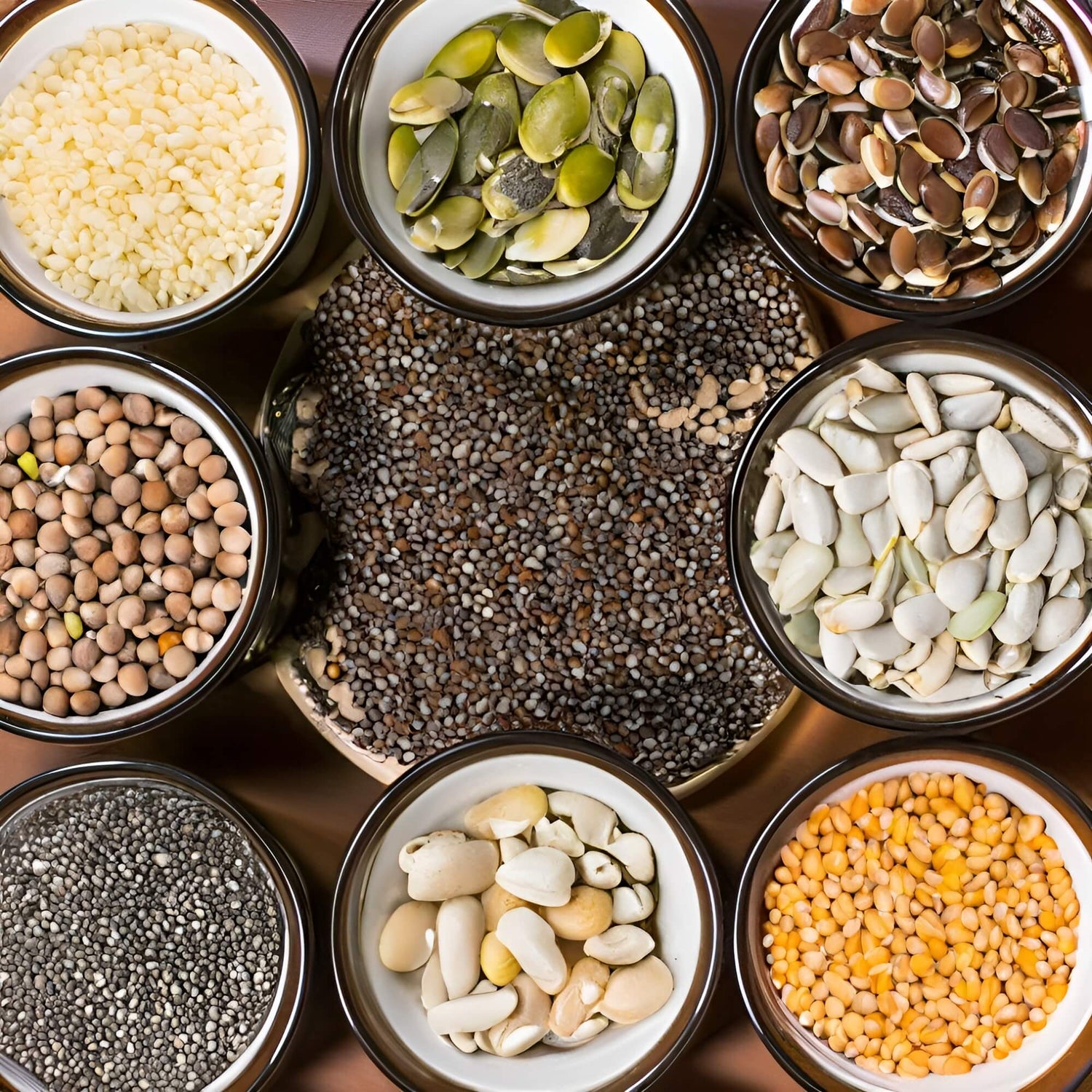Introduction to Red Kidney Beans
Red Kidney Beans, scientifically known as Phaseolus vulgaris, are vibrant legumes with a rich history dating back centuries. Originating from Central and South America, these beans have found their way into cuisines worldwide, owing to their nutritional richness and versatile culinary applications.
Nutritional Composition
Protein Content
One of the standout features of red kidney beans is their high protein content. These beans are a valuable plant-based protein source, making them an excellent choice for vegetarians and vegans looking to meet their protein needs naturally.
Fiber and Digestive Health
Red kidney beans are packed with dietary fiber, essential for maintaining a healthy digestive system. The fiber aids in promoting regular bowel movements, preventing constipation, and supporting overall gut health.
Rich Source of Minerals and Vitamins
These beans are a powerhouse of essential minerals and vitamins, including potassium, magnesium, folate, and vitamin K. Potassium helps regulate blood pressure, while magnesium contributes to bone health. Folate, crucial for pregnant women, supports fetal development.
Health Benefits
Heart Health and Lowering Cholesterol
Regular consumption of red kidney beans has been linked to improved heart health. The high fiber content helps lower cholesterol levels, reducing the risk of heart diseases and maintaining cardiovascular well-being.
Blood Sugar Regulation
For individuals concerned about blood sugar levels, incorporating red kidney beans into their diet can be beneficial. The beans have a low glycemic index, preventing rapid spikes in blood sugar after meals.
Antioxidant Properties
Red kidney beans are rich in antioxidants, compounds that combat harmful free radicals in the body. Antioxidants play a vital role in reducing oxidative stress, thus lowering the risk of chronic diseases and promoting overall health.
Weight Management
Satiety and Appetite Control
Due to their high fiber and protein content, red kidney beans promote a feeling of fullness, aiding in appetite control. Including these beans in meals can contribute to reduced overall calorie intake.
Low-Calorie, High-Nutrient Food
Red kidney beans are nutrient-dense while being relatively low in calories. This combination makes them an ideal food choice for those aiming to maintain a healthy weight while ensuring their bodies receive essential nutrients.
Digestive Health
Fiber and Bowel Regularity
Fiber is essential for maintaining regular bowel movements and preventing digestive issues like constipation. Red kidney beans, being a rich source of dietary fiber, contribute significantly to digestive health.
Reducing the Risk of Digestive Disorders
Studies suggest that a diet high in fiber, such as that provided by red kidney beans, can reduce the risk of various digestive disorders, including diverticulosis and irritable bowel syndrome (IBS).
Energy Boosting Properties
Carbohydrates and Energy Production
Red kidney beans contain carbohydrates, the body's primary energy source. Consuming foods rich in carbohydrates, like these beans, provides a sustainable energy boost, making them an excellent choice for athletes and individuals with active lifestyles.
Iron Content and Combating Fatigue
Iron deficiency can lead to fatigue and decreased energy levels. Red kidney beans are a good source of iron, crucial for the production of red blood cells and the prevention of anemia, ensuring optimal energy levels.
Red Kidney Beans in Diets
Vegetarian and Vegan Diets
Red kidney beans are a staple in vegetarian and vegan diets due to their high protein content. They serve as a valuable meat substitute, providing essential amino acids necessary for body functions.
Inclusion in Various Cuisines
These beans are incredibly versatile in the kitchen, finding a place in diverse cuisines worldwide. From soups and stews to salads and dips, the adaptability of red kidney beans makes them a favorite ingredient among chefs and home cooks alike.
Culinary Uses
Recipes and Cooking Techniques
Red kidney beans can be used in a variety of dishes. They are commonly found in chili, curries, and bean salads. Properly cooked, they add a hearty texture and a nutty flavor to any recipe.
Versatility in Dishes
Whether mashed into a spread, tossed in a vibrant salad, or simmered in a flavorful stew, red kidney beans enhance the taste and nutritional value of any dish they are incorporated into. Their ability to absorb flavors makes them a culinary delight.
Red Kidney Beans in Traditional Medicine
Historical Uses in Folk Medicine
In traditional medicine, red kidney beans were often used for their medicinal properties. They were believed to have healing powers, addressing ailments ranging from digestive issues to skin problems.
Modern Research and Findings
Modern research has delved into the potential health benefits of red kidney beans, confirming many of the beliefs held in traditional medicine. Scientific studies continue to explore their role in preventing and managing various health conditions.
Cautions and Allergies
Proper Preparation to Avoid Toxicity
Raw or undercooked kidney beans contain lectins, which can be toxic if not properly prepared. Cooking kidney beans thoroughly neutralizes these lectins, ensuring they are safe to consume.
Allergic Reactions and Precautions
While rare, some individuals may be allergic to legumes, including red kidney beans. It's essential to be aware of any allergic reactions and seek medical attention if necessary.
Sustainability and Farming Practices
Environmentally Friendly Farming
Sustainable farming practices, such as crop rotation and organic cultivation, are vital for the environment. Choosing beans from farms employing these practices supports eco-friendly agriculture and promotes biodiversity.
Eco-conscious Consumption
Being mindful of the source of red kidney beans and opting for products from environmentally responsible producers contributes to sustainable farming.

